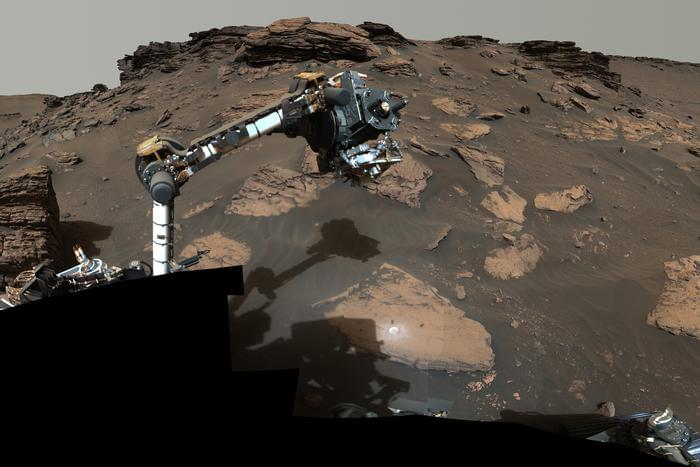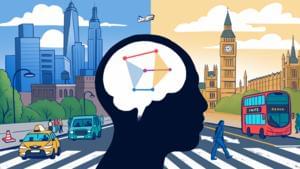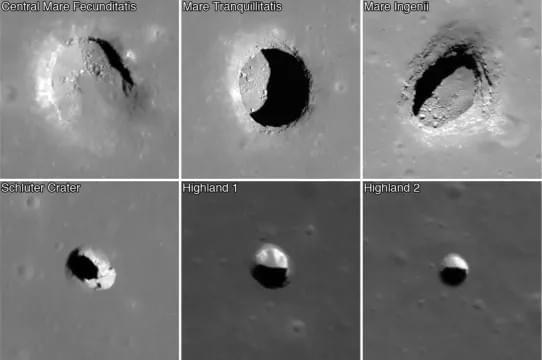48 likes, — designdelulu on May 23, 2024: ‘Jensen Huang says designing computer chips and writing software can no longer be done without AI and he wants to turn NVIDIA into one giant AI’
Security experts are warning that a background check site may have been breached, resulting in the potential exposure of billions of Social Security and address records that could cover everyone in the United States.
As BleepingComputer reports, a hacking forum lit up when a user claimed to have access to a huge cache of documents gleaned from data brokerage National Public Data.
Though it doesn’t share its methodology on its website, NPD is believed to scrape its data from publicly available records to create individual user profiles generally used by private investigators or in background or criminal records checks.
J0524-0336 contains 100,000 times more lithium than the sun does at its current age. This amount challenges the prevailing models of how stars evolve.
Researchers have traced the central sandstone to sources hundreds of miles away from its current resting place, suggesting that it might have been transported by sea.
The novel physics of biomolecular condensates could explain how these droplets help cells do their jobs.
In the quantum realm, a particle’s properties can be separate from the particle itself, including its angular momentum – which could require a rethinking of fundamental laws.
“These are the oldest rocks that may have been deposited by water, that we’ve ever laid hands or rover arms on,” said Dr. Benjamin Weiss. “That’s exciting, because it means these are the most promising rocks that may have preserved fossils, and signatures of life.”
Did life once exist on Mars, and if so, where will we find it? This is what a recent study published in AGU Advances hopes to address as a team of several dozen international researchers led by the Massachusetts Institute of Technology (MIT) investigated rocks samples obtained by NASA’s Perseverance (Percy) rover obtained in Jezero Crater on Mars, and which allegedly contain minerals only found in water. This study holds the potential to help scientists better understand the conditions for life to have emerged on the Red Planet long ago, along with identifying what evidence could be used to find life elsewhere in the solar system.
For the study, the researchers analyzed data obtained from seven rock samples collected by Percy along Jezero’s western slope, which scientists have hypothesized was an ancient lake long ago. After examining Percy’s images of the surrounding area and the chemical analyses from the rock samples, the team determined that the rocks contain evidence of water, meaning this location likely contained a lake long ago. However, the potential for this lake having life is still unknown since the team did not identify evidence of organic matter within the samples. Despite this, the team determined that the rocks were created more than 3.5 billion years ago, long before life emerged on the Earth.
This explores how the human brain forms abstract concepts and adapts to changing environments, specifically looking at how neurons in certain brain regions contribute to complex thinking.
It takes brains to infer how any two things in the world relate to each other, whether it’s the way bad weather links to commuting delays or how environmental conditions lead to the evolution of species. A new study based on recordings in the brains of people has yielded a pathbreaking trove of data that researchers now have used to reveal, with more clarity than ever, the neural incarnations of inferential reasoning.
Identifying one faulty turbine in a wind farm, which can involve looking at hundreds of signals and millions of data points, is akin to finding a needle in a haystack.
Engineers often streamline this complex problem using deep-learning models that can detect anomalies in measurements taken repeatedly over time by each turbine, known as time-series data.
But with hundreds of wind turbines recording dozens of signals each hour, training a deep-learning model to analyze time-series data is costly and cumbersome. This is compounded by the fact that the model may need to be retrained after deployment, and wind farm operators may lack the necessary machine-learning expertise.
Why we should look in caves for life, especially on Mars. For more info, see my new blog on BigThink with Link on:
Posted on Big Think.









